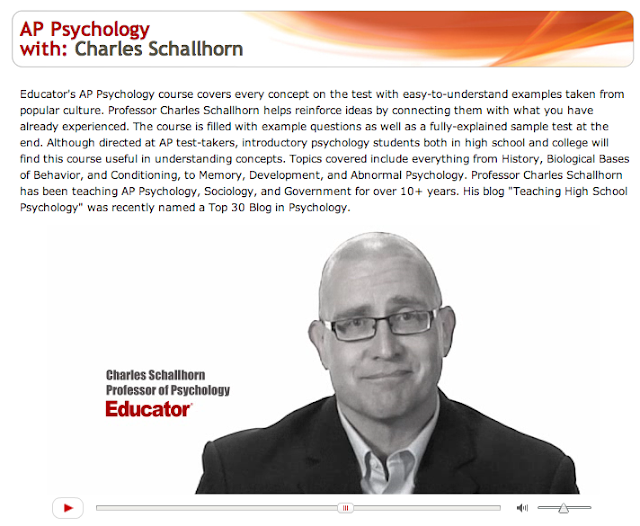 I'm interested in hearing how teachers and administrators in your district talk and think about "learning styles." I remember learning learning style "theory" during staff development workshops as a young teacher, and the main impact was that I felt guilty for not diligently including visual, auditory, and kinesthetic experiences in my lessons.
I'm interested in hearing how teachers and administrators in your district talk and think about "learning styles." I remember learning learning style "theory" during staff development workshops as a young teacher, and the main impact was that I felt guilty for not diligently including visual, auditory, and kinesthetic experiences in my lessons.So I was glad to read Daniel Willingham's work on "debunking" what he calls the "learning styles myth." It turns out there really isn't much empirical evidence that learning styles exist or impact learning (they might be learning "preferences"). Willingham has been dedicated to adding some science to the discussion of "learning styles" for quite a while and created many resources that are usable by many audience. The FAQ document linked to below is a good overall summary of his thinking:
Learning Style FAQ
http://www.danielwillingham.com/learning-styles-faq.html
More recently, Howard Gardner chimed in to try to clarify how his multiple intelligences theory is different form "learning styles," and how people misinterpret his theory too.
Howard Gardner: 'Multiple Intelligences' are not 'learning styles'
http://www.washingtonpost.com/blogs/answer-sheet/wp/2013/10/16/howard-gardner-multiple-intelligences-are-not-learning-styles/
http://www.washingtonpost.com/blogs/answer-sheet/wp/2013/10/16/howard-gardner-multiple-intelligences-are-not-learning-styles/
Please post your experiences with this debate in the comments section. And one last thought: this might be a great "project based learning" experience for psych students?
posted by Rob McEntarffer







